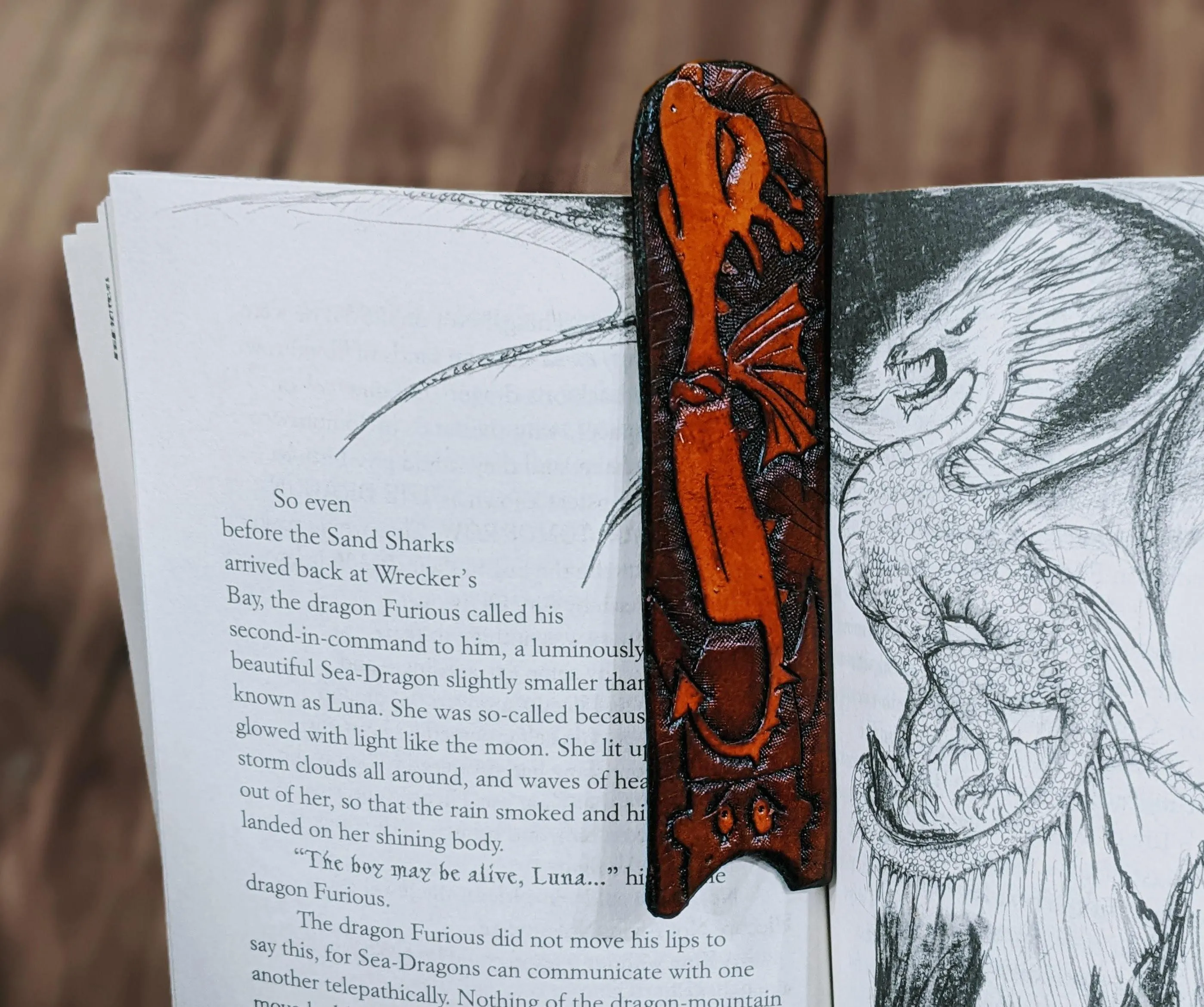Choosing the Right Leather Thickness for Your Projects

Leather, a material as timeless as it is versatile, offers a world of creative possibilities. As an artist who has spent years working with this natural wonder, I’m often asked about the importance of choosing the right leather thickness for a project. Just like a painter selects the perfect brushstroke, understanding leather thickness can elevate your craft to new heights.
Let’s dive into the world of leather weights and discover how this knowledge can empower your creations.
Understanding Leather Thickness
Did you know that leather thickness, also known as weight, plays a crucial role in determining the final look and feel of your project? It’s true! Leather thickness is measured in ounces (oz) or millimeters (mm). Here’s a handy chart to illustrate the conversion:
| Weight (oz) | Thickness (mm) | Common Uses |
|---|---|---|
| 1-2 oz | 0.4-0.8 mm | Linings, small jewelry, book covers |
| 3-4 oz | 1.2-1.6 mm | Wallets, bags, cases, notebook covers |
| 5-6 oz | 2.0-2.4 mm | Belts, straps, holsters, durable bags |
| 7-8 oz | 2.8-3.2 mm | Heavy-duty belts, sheaths, tool rolls |
| 9-10 oz | 3.6-4.0 mm | Saddle making, heavy-duty straps, rugged outdoor gear |
Why Thickness Matters
The thickness of your chosen leather can significantly impact your project’s outcome. Here’s why:
-
Functionality: Thicker leather provides more structure and rigidity, making it ideal for belts, bags, or holsters that need to hold their shape. Thinner leather, on the other hand, offers flexibility and is perfect for delicate items like jewelry or book covers.
-
Aesthetics: Leather thickness influences the overall look and feel of your creation. A thinner leather results in a more refined and elegant appearance, while a thicker leather exudes a rugged and robust charm.
-
Layering: When working on projects that involve multiple layers of leather, such as wallets, opting for thinner leather prevents unnecessary bulkiness.
The Art of Splitting Leather
Leather achieves its desired thickness through a process called splitting. Imagine a skilled artisan carefully slicing through the leather’s cross-section, removing layers to reach the perfect weight. The image below showcases a range of leather thicknesses, from paper-thin to impressively thick, revealing the fascinating layers within a hide:
 Leather Bookmark From Belt Scrap
Leather Bookmark From Belt Scrap
Choosing the Right Thickness for Your Project
Selecting the appropriate leather thickness is crucial for success. Here are a few tips:
-
Consider the project’s purpose: Will it be subjected to wear and tear, or is it primarily decorative?
-
Visualize the final product: Do you envision a sleek and minimalist design or a more substantial and rugged look?
-
Don’t hesitate to experiment: Order leather samples in various thicknesses to test and feel the difference.
Conclusion
Mastering the art of leatherwork involves understanding the nuances of this remarkable material. Choosing the right leather thickness is a fundamental step toward creating beautiful, functional, and long-lasting pieces. As you embark on your leather crafting journey, remember that each project presents an opportunity to learn, grow, and express your unique creativity through the magic of leather.
Now, it’s your turn! What leather projects are you inspired to create? Share your thoughts and experiences in the comments below. And don’t forget to explore the stunning collection of handcrafted leather goods at Robert Kline Art – perfect gifts for your loved ones or a special treat for yourself.
